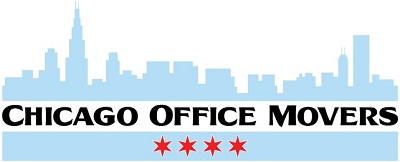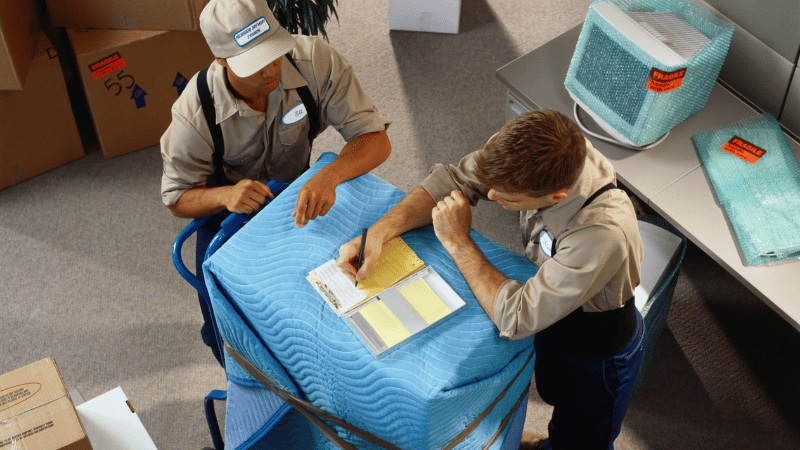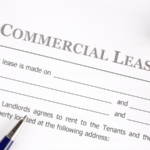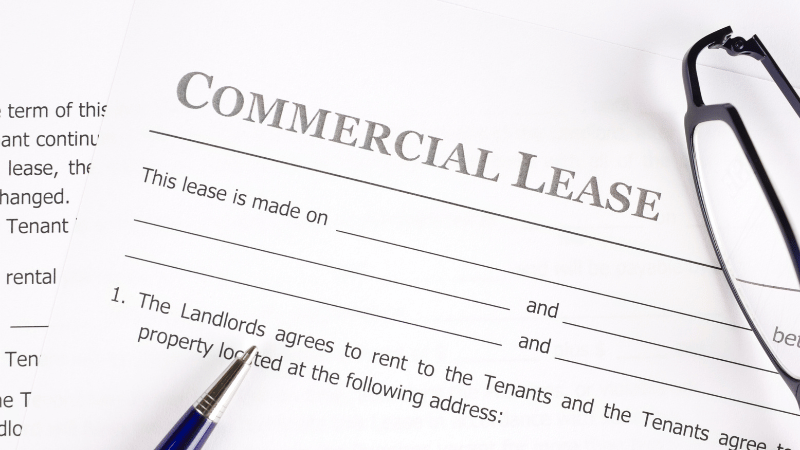
Make Your Office More Fun and Productive with These Ideas
Make Your Office More Fun and Productive with These Ideas
Written by Chicago Office Movers on . Posted in Office Renovation

A fun office is a more productive one, simply because employees are motivated, creative, and enjoy team-building opportunities. These happy staff members look forward to working in their team environment. Here are strategies to give the office a dose of fun.
What are the benefits of a fun office?
Employees who work in a fun office generally feel happier, which in turn fosters a pleasant work environment. When company leaders give staff members an opportunity to get to know one another personally through fun work functions, they experience an invaluable boost in morale.
An office where hobbies are encouraged inspires employees. Office staff have the chance to transfer their creativity to work-related tasks. Collaboration also increases when office workers learn to work well together—and this occurs when they participate in fun activities.
Lastly, working for a company that values a fun office culture helps prevent burnout in even the most dedicated employees. Office managers who incorporate fun activities into the workday give staff a chance to relax from stressful projects and prevent overexertion.
1. Celebrate Birthdays and Milestones
Office managers are encouraged to celebrate every chance they get to improve the enjoyability of working in the office and increasing productivity. One of the simplest ways to achieve this end is to celebrate employees’ birthdays and workplace milestones.
Extravagant parties for birthdays or work anniversaries are unnecessary. Rather, inspire employees by hosting an ice cream social or happy hour. Team members love a celebratory atmosphere, which helps them feel like family. In turn, these bonded employees enjoy more productive collaborations.
2. Organize Office Sports Teams
Motivate staff by playing sports after office hours. Friendly competition results when teams are established by department or organizational rank; for example, team up company leaders against office employees. Sports that coworkers can play include baseball, volleyball, soccer, or basketball.
On a smaller scale, foosball and ping pong can be played in an office game room. Office workers release built-up tensions as they compete. Managers might even host board or card tournaments, where teams of employees have a chance to win attractive prizes.
3. Implement a Vision Board
Organizational goals are reached when office managers set up a vision board prominently in the workplace. Incorporate the company’s branding, logo, and colors. Then ask employees to add their personal career goals, which may prompt discussion about how to support professional growth.
4. Share Jokes
Workplace jokes add joviality. Share jokes via mass emails or group chats to bring smiles to the faces of colleagues. Choose jokes that align with the company’s mission; for example, offices that work in the field of childcare can create a list of amusing things they’ve heard kids say.

5. Praise Employees Publicly
Create a Wall of Fame that recognizes the accomplishments of employees. Company leaders can post photos of staff members with captions underneath describing the reasons for their recognition. Colleagues then have a chance to congratulate them on their professional achievements.
Offering consistent praise in the workplace enhances the productivity of team members. When adding a Wall of Fame to the office, establish a schedule to ensure that recognition is given on a regular basis. Enhance the Wall of Fame’s design so that staff enjoy viewing it.
6. Introduce an Office Mascot
An office mascot doesn’t need to dress up in a costume and dance. Rather, bring a cat or dog to the office and watch as employees improve their work-life balance, nurture productivity, and decrease their stress. A pet in the office rewards staff with higher levels of happiness and productivity.
Responsibilities come with bringing a pet into the workplace. Set up a schedule for employees to walk the dog or set up a food bowl for the cat. Employees benefit from taking breaks to walk the pets and sharing their workspaces with friendly felines or canines.
7. Create Multiple Workspaces
In today’s offices, staff are no longer tied down to a desk and chair. The most fun workplaces give employees flexibility with seating and desks. Integrate adjustable-height desks, multi-person tables, and stools. Mobile technology makes it easy to work anywhere in the office.
Team members will jump at the chance for a change in scenery. Even adding an option to work standing instead of sitting can be rewarding for some staff. Offer a variety of workspace and seating options to increase employees’ flow of creative juices.
8. Utilize Natural Lighting
Rows of fluorescent lighting do little for staff energy levels and productivity. Employees respond better to natural lighting, which can be increased by opening window curtains in the office. Or, install adaptive lighting, which emits cooler tones in the morning and warmer tones in the afternoon.
Sometimes, what an office needs is to relocate to a building with numerous windows, various workstations, and more collaboration spaces. When you have big plans to move your company to greener pastures, bring in the experienced office movers from Chicago Office Movers.
Our Chicagoland commercial moving service offers companies, both large and small, a range of conveniences to meet all their relocation needs. Moving crews from Chicago Office Movers are licensed and background-checked to give you peace of mind as they handle the office goods.
We also provide packing and unpacking services, a benefit for businesses that aim to resume operations immediately upon arriving at their destination. Our specialists can help you plan an efficient corporate move, which can take months to finalize, and then execute the detailed plan.
As one of the most trusted corporate movers in the area, Chicago Office Movers is ready to give you premium services at an affordable rate. We’ve moved a range of sensitive and bulky office property, from IT systems to science labs, for prestigious area companies, including Alcatel Lucent.
When you want to work with an award-winning commercial mover, choose Chicago Office Movers. We’re based in Chicago, Illinois, and we’ll relocate your business locally, long-distance, or internationally.
When your company has plans to move locally, long-distance, or internationally, call our Chicago, Illinois, location at 312-244-2246 (CHI-CAGO) or fill out a form for a free estimate.
Contact Us
Related Services
- Corporate Moving
- Commercial Moving
- Reliable Commercial Storage
- Specialty Commercial Moving
- Furniture Assembly
- Movers for Office Renovation
- Machinery Moving
- Library Moving
- Lab Moving
- Server Room Moving
- Office Movers in Rosemont, IL
- Commercial Moving in Bolingbrook, IL
- Commercial Movers in Naperville, IL
- Commercial Movers in Des Plaines, IL
- Commercial Moving Services in Aurora, IL
- Schaumburg Office Movers
- Commercial Moving Services in Oakbrook, IL
- Commercial Movers in The North Shore
- Commercial & Office Moving Services Deerfield, IL
- Commercial & Office Movers in Hinsdale, IL
- Elk Grove Village Commercial Movers
- Furniture, Fixtures and Equipment Services
- Commercial Mover in Lincolnshire, IL
- Office Packers in Lincolnshire, IL
- Office Decommissioning in Lincolnshire, IL
- Professional Movers in Downers Grove, IL
- Moving Company in Chicago, IL




















